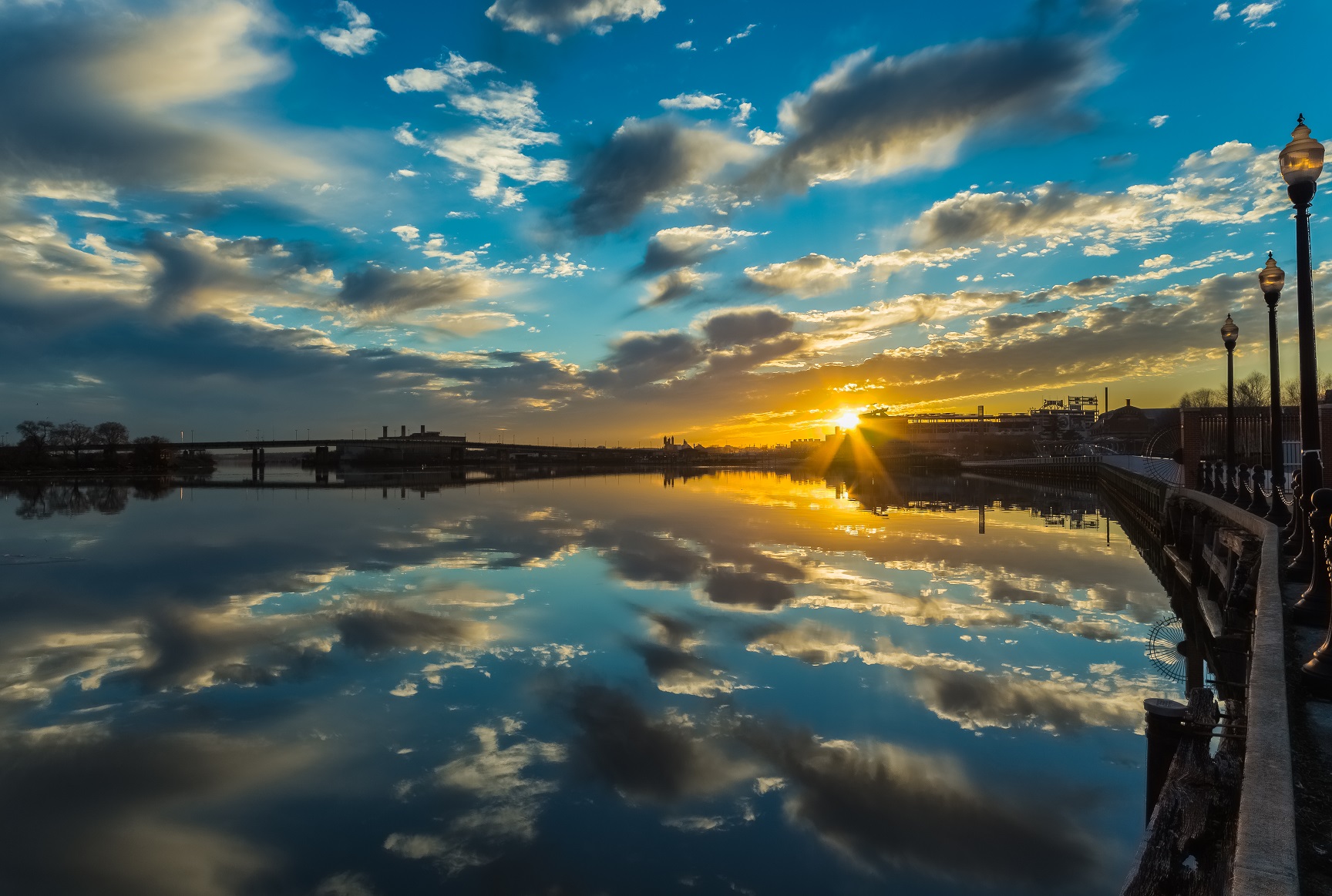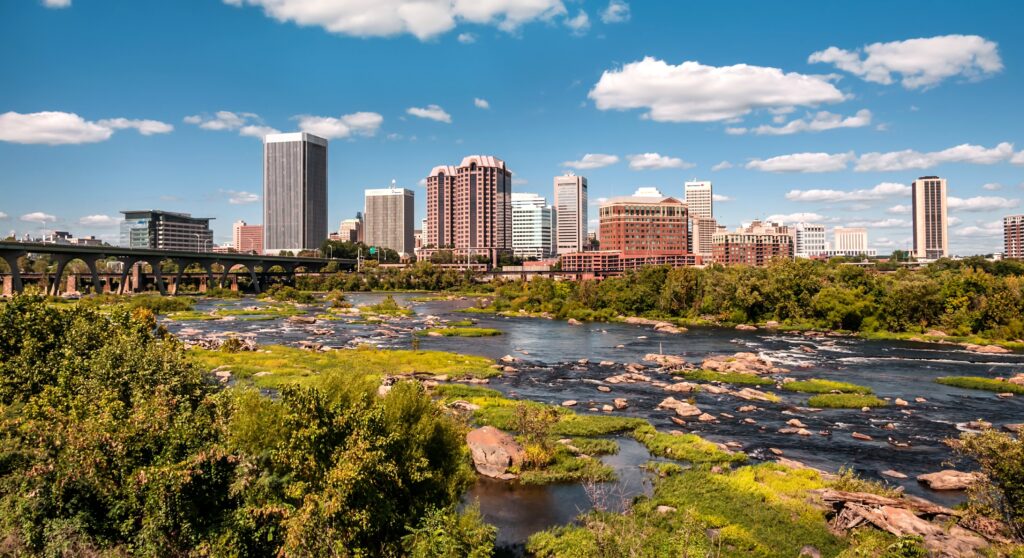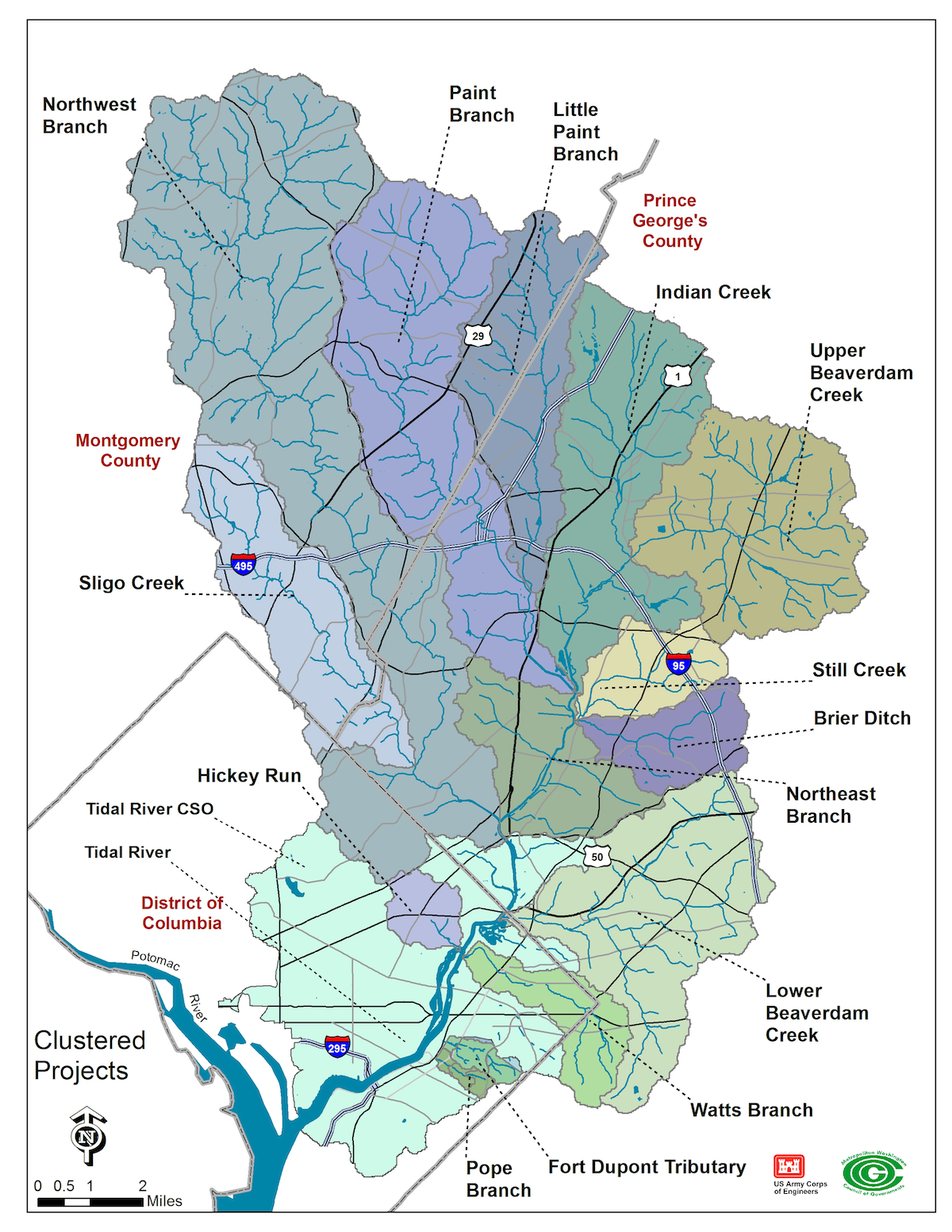Anacostia River

The Anacostia River, meandering through the heart of Washington, D.C., and Maryland, carries a narrative of both environmental degradation and inspiring restoration. Once a thriving ecosystem overflowing with life, the river has been exposed to decades of pollution and neglect. Today, a concerted effort is underway to revitalize the Anacostia, transforming it into a symbol of ecological resilience and community engagement.
The Anacostia River’s story begins long before European colonization. For millennia, indigenous peoples thrived along its banks, relying on the river for sustenance and transportation. However, the arrival of European settlers in the 17th century marked the beginning of a gradual decline in the river’s health. The establishment of ports, industries, and urban development led to increased pollution and habitat destruction. By the mid-20th century, the Anacostia had become one of the most polluted rivers in the nation.
Environmental challenges facing the Anacostia River
Pollution Sources
The Anacostia River faces a complex array of pollution sources, including:
- Stormwater Runoff: Rainwater washes pollutants from roads, sidewalks, and buildings into the river.
- Combined Sewer Overflows (CSOs): During heavy rainfall, outdated sewer systems can overflow, releasing untreated sewage and stormwater into the river.
- Industrial Waste: Historical and current industrial activities have contributed to chemical contamination of the river.
- Agricultural Runoff: Fertilizers and pesticides from agricultural areas can enter the river through runoff.
- Trash and Debris: Litter and illegal dumping continue to be a problem, harming wildlife and degrading water quality.
The cumulative impact of these pollution sources has been devastating:
- Reduced Water Quality: High levels of bacteria, nutrients, and heavy metals have made the water unsafe for swimming and fishing.
- Harm to Aquatic Life: Pollution has led to fish kills, habitat loss, and a decline in biodiversity.
- Sediment Contamination: Pollutants have accumulated in the riverbed, posing a long-term threat to the ecosystem.
- Public Health Concerns: Exposure to contaminated water and sediment can cause a range of health problems.
- Economic Impacts: Pollution has hindered recreational activities and tourism, impacting local businesses and communities.

Let's Stay in touch!
We’re hard at work in the Mid-Atlantic for rivers and clean water. Sign up to get the most important news affecting your water and rivers delivered right to your inbox.
Restoration Efforts along the Anacostia River
Recognizing the urgent need to address Anacostia’s environmental degradation, a coalition of government agencies, non-profit organizations, and community groups has launched a comprehensive restoration effort.
Key Initiatives
- Anacostia Watershed Restoration Partnership: This collaborative effort brings together stakeholders to coordinate restoration activities and advocate for the river.
- D.C. Water’s Clean Rivers Project: This ambitious project aims to reduce combined sewer overflows and improve water quality.
- Riverkeeper Organizations: Groups like the Anacostia Riverkeeper actively monitor water quality, advocate for policy changes, and engage the public in restoration efforts.
- Community Clean-up Events: Volunteers regularly participate in clean-up events to remove trash and debris from the river and its tributaries.
- Habitat Restoration Projects: Wetland creation, tree planting, and shoreline stabilization are helping to restore vital habitat for fish and wildlife.
Goals
The overarching goals of the Anacostia River restoration effort are to:
- Improve Water Quality: Reduce pollution levels to meet water quality standards for swimming and fishing.
- Restore Habitat: Create a healthy and diverse ecosystem that supports a wide range of aquatic and terrestrial life.
- Increase Public Access: Enhance recreational opportunities and connect communities to the river.
- Promote efforts to make sure the people most impacted by pollution and environmental degradation are meaningfully involved in decisions that impact their health and environment.
What is the Current Status of the river?
The Anacostia River is showing encouraging signs of recovery, but the restoration process is ongoing and faces significant challenges. Water quality has improved in recent years, thanks to investments in stormwater management and sewer upgrades. However, pollution levels still fluctuate, and additional work is needed to address legacy contamination and emerging threats.
Wildlife like the fish populations are slowly rebounding, and other aquatic life is returning to the river. Bald eagles, ospreys, and other birds of prey are once again nesting along the Anacostia’s shores.
Public Access is being improved through new parks, trails, and boat launches providing greater access to the river for recreation and enjoyment. The future of the Anacostia River holds both promise and uncertainty. Continued investment in restoration efforts, coupled with strong community engagement, will be crucial to achieving a sustainable and equitable future for the river and its surrounding communities.
Key Challenges
- Climate Change: Rising temperatures, sea level rise, and more frequent and intense storms could exacerbate pollution and erosion.
- Urban Development: Balancing the need for economic growth with environmental protection will require careful planning and collaboration.
- Funding: Securing adequate funding for long-term restoration and maintenance will be an ongoing challenge.
Reasons for Optimism
- Growing Public Awareness: More and more people are recognizing the value of the Anacostia River and are actively working to protect it.
- Innovative Solutions: New technologies and approaches are being developed to address pollution and restore habitat.
- Strong Partnerships: Collaboration among government agencies, non-profit organizations, and community groups is creating a powerful force for change.
The Anacostia River’s story is a testament to the resilience of nature and the power of human intervention. While the river still faces significant challenges, the progress made in recent years offers hope for a brighter future. By working together, we can ensure that the Anacostia River once again becomes a source of pride, recreation, and ecological wonder for generations to come.
